How to ‘fill up’ your EV
Electric Vehicles (EV) must be connected to an electrical system to charge. The amount of time it takes to charge your vehicle will depend on your charger and vehicle.
EV chargers are classified into three categories: Level 1, Level 2, and Level 3/Direct Current Fast-Charging (DCFC). These chargers use different input voltages, Level 1 uses 110/120V, Level 2 uses 208/240V – both of which are available in residential homes. Level 3 DC fast chargers use between 200- and 600-volts DC, which requires the level of power available at commercial sites.
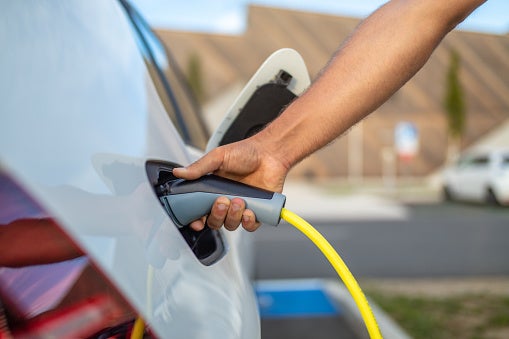
Title
III. Charging and your Alectra Utilities bill
If you have an electric vehicle that you charge at home overnight, the Ultra-Low Overnight price plan may be best for you, because you’ll be able to take advantage of the very low-priced overnight period.

ULO pricing is based on the day of the week and time of day electricity is used, but with an ultra-low overnight rate that encourages shifting high electricity-usage activities to the lower overnight demand periods. Visit Choose My Rate Option to help you make an informed choice about which electricity price plan is right for you and to submit a rate option selection form.
To get a clear picture of how switching to an EV will impact your electricity bill and the environment, try Alectra's EV Calculator. It provides a detailed breakdown of charging costs based on your driving habits and EV model, while also helping you understand the environmental benefits of shifting from gasoline to electric.
Title
IV. Alectra SmartCharge
If you have a battery electric vehicle, are interested in upgrading to a smart level 2 charger, and want to help develop the next generation of customer incentive programs – SmartCharge could be for you! Designed to help you make informed decisions about charging your EV, this initiative will offer a managed installation, and an integrated app to manage their your EV charging and view charging insights. SmartCharge will also simplify home EV charger installation—making it easier, more affordable, and more accessible.
Title
Related Content
Have questions? Email us at EV@alectrautilities.com
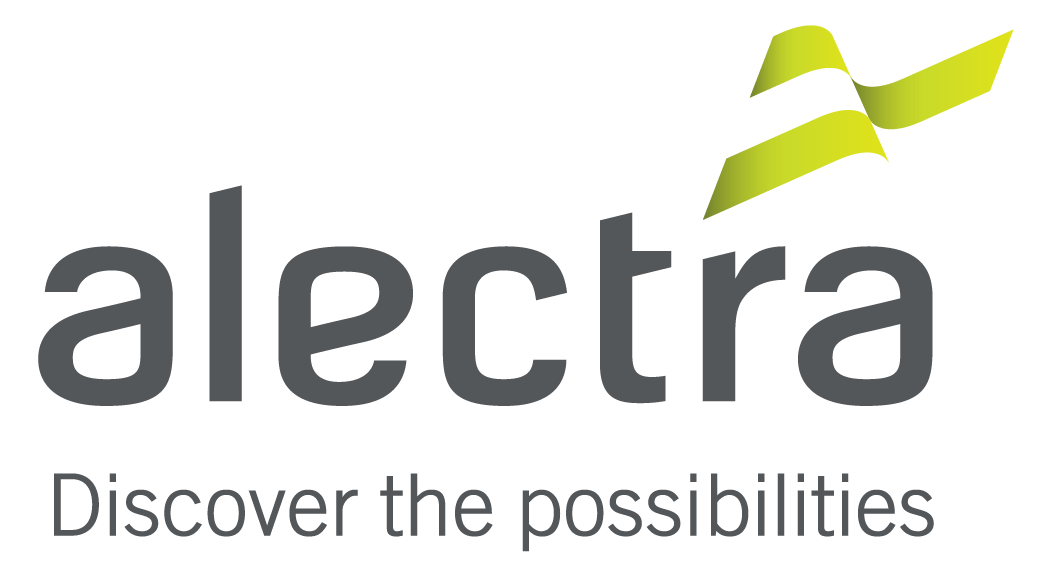
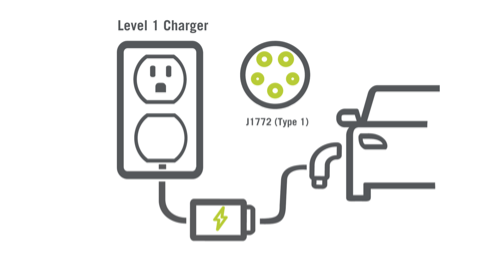
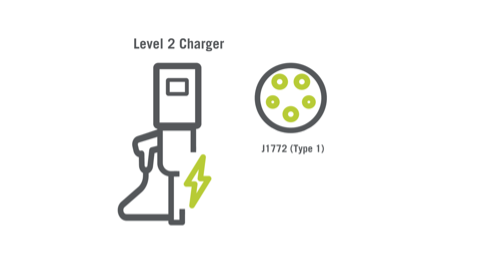
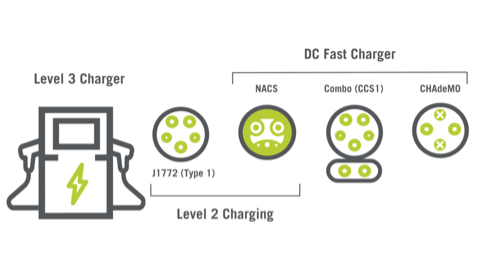
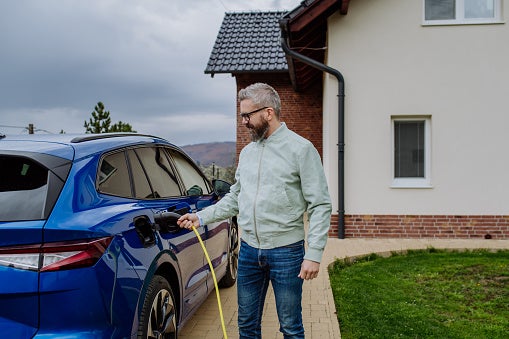
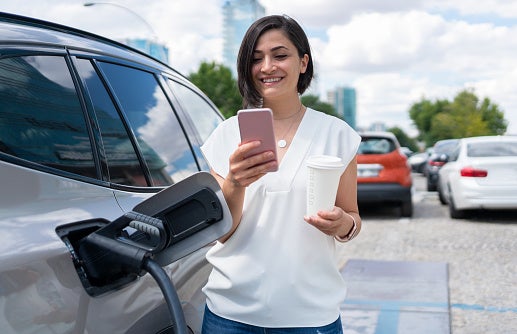 Charging requirements will vary from building to building based on the building policies and infrastructure. Alectra Utilities encourages prospective EV owners to work with their condo corporation or building manager to identify solutions to meet their EV charging needs before purchasing the EV. Provincial regulations provide a process for both owners and condominium corporations seeking to install EV charging stations. Additionally, each municipality may have different rules regarding new and existing multi-residential building requirements for EV chargers – see
Charging requirements will vary from building to building based on the building policies and infrastructure. Alectra Utilities encourages prospective EV owners to work with their condo corporation or building manager to identify solutions to meet their EV charging needs before purchasing the EV. Provincial regulations provide a process for both owners and condominium corporations seeking to install EV charging stations. Additionally, each municipality may have different rules regarding new and existing multi-residential building requirements for EV chargers – see